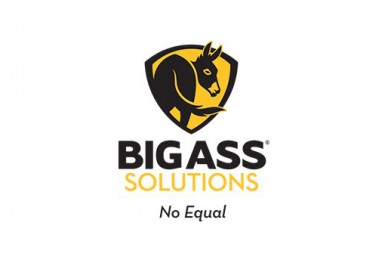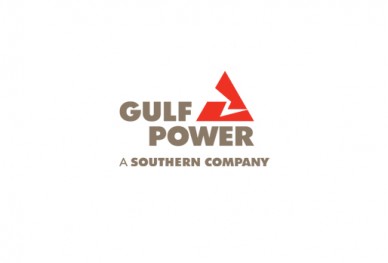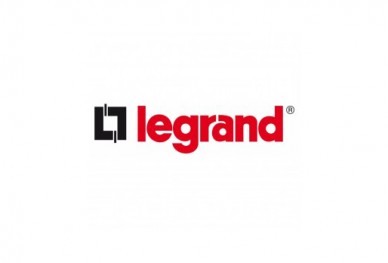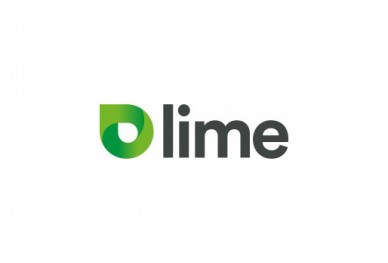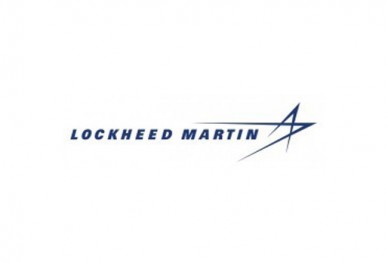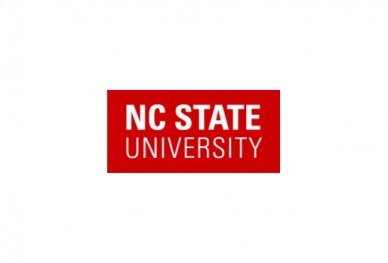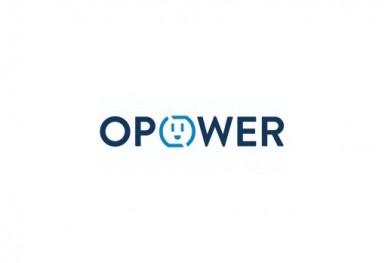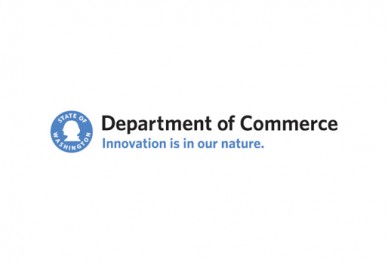Atlanta’s Leveraging Public-Private Partnerships
In November 2011 the City of Atlanta, Georgia, used a public-private partnership to launch the Atlanta Better Buildings Challenge (ABBC), an initiative to engage downtown businesses in reducing energy and water consumption in more than 40 million square feet of buildings by at least 20 percent by 2020, and a goal of becoming one of the country’s 10 most sustainable cities. The Mayor’s Office of Sustainability championed the initiative, which is aligned with Atlanta’s sustainability plan, Power to Change, released in the fall of 2010. Power to Change lays out a plan for continuous improvement in sustainability practices through policies and activities that balance economic growth with environmental protection while being mindful of social justice.
Big Ass Solutions Innovates to Cut Energy Costs
Big Ass Solutions® offers innovative fans, lights and controls that cut industrial, commercial and residential customers’ energy costs while accelerating productivity. Our products help companies advance their triple bottom line—improving workplace conditions, reducing energy consumption and decreasing operating expenses.
Gulf Power’s “Energy Select” Program Places Energy Efficiency in Consumers’ Hands
As early as 1989, Gulf Power began to develop, with the help of the Florida Public Service Commission, an effective demand-side management program that encourages customer participation without sacrificing load control and verification of the grid. After years of development, Gulf Power officially launched Energy Select in 2000 as part of its broader EarthCents program and quickly gained attention as the first utility to provide a fully automated critical peak pricing program in the United States.
Legrand Energy Marathon
Legrand, North America‘s workforce engaged in a facility-based competition to save energy called the “Energy Marathon.” As a result of persistent communication and entertaining internal marketing incentivizing behavior change, Legrand saved 588,540 kWh of electricity (worth $46,732) in just 26.2 days.
Lime Energy Redefines Energy Efficiency for Small Businesses
Lime Energy has unlocked the secret of successfully implementing energy efficiency programs for utilities and mass-market engagement to their small business customers. In order to drive high penetration in the small business segment, it is necessary to understand why business owners make decisions and how those decisions will directly affect their bottom line within their particular industry segment– an approach Lime Energy has refined and cultivated by working directly with over 100,000 small businesses across the country.
Lockheed Martin Unites with Customers on Journey to Energy Efficiency
As one of the largest implementers of energy efficiency services in the United States, Lockheed Martin has partnered with utility, federal and commercial customers to develop services and solutions that deliver impactful energy savings. Lockheed Martin provides energy management, smart grid engineering, and cybersecurity solutions to utility and commercial customers, including eight of the top ten largest utilities in the U.S. In 2014 alone, Lockheed Martin enabled the completion of more than 57,000 energy efficiency projects specializing in:
• Utility efficiency programs – commercial, industrial, and residential
• Demand response and load management technology
• Distribution and microgrid solutions
• Performance contracting, engineering, and design build retrofit solutions for facilities
Los Angeles County Metropolitan Transportation Authority – Encouraging Consumer Acceptance of Energy Efficiency through Electric Vehicles
The Los Angeles County Metropolitan Transportation Authority (Metro) recognizes the importance of energy efficiency, while ensuring that its transit and transportation network continues to be resilient in changing times.
North Carolina State University Creates Electricity at Renovated Utility Plant
When North Carolina State University (NC State) faced the challenge of deferred maintenance on equipment in its central utility plants with no available capital funding, university leadership used a $61 million energy performance contract to finance the addition of modern CHP technology. The new CHP facility enables NC State to generate some of its own electricity, and the money the university saves in avoided utility-provided energy costs pays back the loan that financed the CHP technology and boiler replacements.
Opower Partners with the Nation’s Utilities to Drive Energy Savings through High Quality Customer Engagement and Applied Behavioral Science
By combining data management, analytics, and behavioral science, Opower’s customer engagement platform positions utilities as energy advisors to the customers they serve. Opower’s technology platform analyzes more than 300 billion meter reads to deliver its services, and created enough energy savings to power all the homes in a city of 1 million people for a year. Opower has facilitated savings over 8 terawatt-hours of electricity to date, which equates to over $1 billion saved by customers on their monthly energy bills, affecting more than 50 million households today.
Washington State Drives Energy Efficiency through Benchmarking Public Buildings
In 2014, the State Energy Office was directed by Executive Order 14-04 – the Washington Carbon Pollution Reduction and Clean Energy Action – to increase public building efficiency. This order brought together a broad group of agencies that agreed achieving 100 percent benchmarking compliance was a necessary step towards increasing public building efficiency. With support from a U.S. Department of Energy State Energy Program Competitive Awards grant, the state created the Interagency Energy Workgroup and provided dedicated staffing support to address the lack of a centralized system for benchmarking and compliance. This support included the state Department of Enterprise Services and Office of Financial Management, and Washington State University (WSU). The Interagency Energy Workgroup created and promoted a process for increasing energy efficiency in public buildings.



